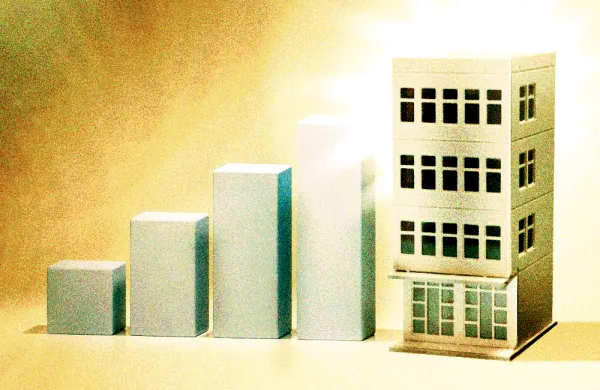Regional conflicts continue to impact Lebanon’s economy, but an “activist” central bank uses its policy clout to sustain economic stability.
The Central Bank is working on several fronts to overcome this difficult period while maintaining its commitment to monetary and exchange rate stability. It has constantly taken initiatives, some of which were unconventional, in order to maintain the stability of the Lebanese pound and to preserve liquidity in the banking sector. The Central Bank is taking a leading role in stimulating the economy rather than only setting monetary policy and monitoring inflation. Its stimulus packages of 2013 and 2014 in the form of soft loans extended to Lebanese banks are aimed at boosting lending activity and stopping the decline in economic activity due to the regional crisis.
2. GDP growth has slowed as tourism, foreign investment and other capital inflows have been affected. To what extent have these losses been offset by the Central Bank stimulus programs such as the low-cost loans for new investments in technology and service industries in 2013 and 2014? Will these programs be continued?
The stimulus package we have started in 2013 had to some extent helped the GDP growth and we are confident that our new initiatives would help create more employment among youth and revive the economy in general. Based on our Statistics Department estimates, Lebanon had a GDP growth of 2.5% in 2013, and we believe that more than half of this growth is related to the stimulus package of 2013. We have launched two initiatives this year. A credit enhanced program of $800 million aims to support housing, renewable energy projects and other productive sectors of the economy, and we are pleased to see that this program is being successful this year also, since the funds have been almost used completely. The other initiative of $400 million encourages banks to invest in the equity capital of startups in the knowledge sector. This trend is going to continue but we are doing it in a way that will not put at risk the stability of the Lebanese pound and will not expose the banks to unusual risks.
3. How has Lebanon’s traditionally strong banking system been affected by these external factors? Are changes, such as more consolidation, needed to maintain the strength of the banks?
Despite the challenging operating environment, the Lebanese banking sector is still reporting a healthy performance as revealed by a growth of 8.5% in total banking activity for the year 2013. Bank profits have recorded a slight increase even with the allocation of new provisions. We have a banking sector that is growing faster than the economy but we don’t have the dilemma of one bank being too big to fail. We have ensured that our banking sector has 11 large banks, so the risk is diversified. We have encouraged small banks to merge with bigger ones in order to avoid bankruptcies or losses to depositors. The consolidation trend will continue because of the cost of doing business and because of the competition. This is driving down margins and there will be more consolidation. We are not forcing that and we are letting the market decide.
4. Is the liquidity of the commercial banking sector still adequate to provide the financing needed by the government? Is the country’s credit rating a problem?
The Lebanese banking sector enjoys high levels of liquidity that enables commercial banks to finance both the government and private sector needs while maintaining a stable interest rate structure.
Despite the negative ratings, Lebanon continues to tap the local market to borrow and roll over maturing Eurobonds at reasonable interest rates. According to the rating agencies, the low rating is linked to political instability and security risks in the country. Although the markets are not reacting on the basis of the ratings, we have to take these ratings seriously as they determine the behavior of the international players when they are looking at placing money in Lebanon. They also have a bearing on the capital weighing of the banks on their solvency ratios. An improvement in the public finances would encourage rating agencies to reconsider their sovereign outlook on Lebanon and efforts should be more focused on changing this image.
5. What are the prospects for a strong recovery of the Lebanese economy? When will it come?
Despite all difficulties, Lebanon continues to have the potential for a strong economic recovery. A chief factor is its human capital, and soon a new oil and gas sector, the revenues of which will bring down the government debt to more sustainable levels. The key challenge remains to target budgetary deficits and to bring them down to international norms. Barring adverse political and security events, fiscal discipline is a priority if such a recovery is to be achieved.





